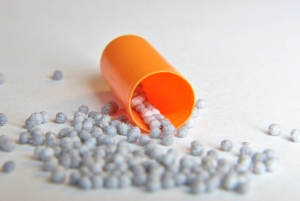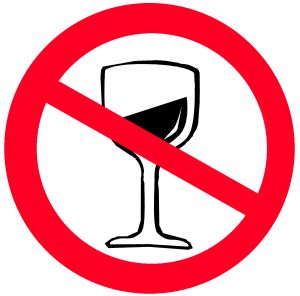According to the Centers for Disease Control and Prevention, infections from certain foodborne germs increased in 2012 as compared with prior years, with some infections occurring at the highest levels since 2000. While new standards aim to make food safer, some restaurants and food distributors are still not doing enough to protect the public from dangers of foodborne illness. 
Our Boston injury attorneys know that foodborne germs can lead to devastating illness and even death. If you are made sick as a result of contaminated food sold in your supermarket or served to you in a restaurant, you may have a claim for damages. You will need to prove that someone was to blame and that the dangerous product or the negligence of the manufacturer, distributor, store or restaurant was the direct cause of your foodborne illness.
Foodborne Illness and Food Poisoning Lawsuits
According to the Centers for Disease Control and Prevention, infections from two germs that are commonly spread through food have significantly increased in 2012 when compared with the baseline period from 2006 to 2008. The two germs that have caused higher rates of infection include:
- Campylobacter, which can be found in raw milk, produce and poultry. Infections from this germ have increased 14 percent in 2012 as compared with 2006-2008 and infections are at their highest level since 2000.
- Vibrio, which is commonly linked to eating raw or undercooked shellfish. Infections from this germ are up 43 percent as compared with rates observed from 2006 to 2008.
Campylobacter infections can cause stomach pain, diarrhea and fever. The infections normally resolve themselves in around a week, but this is not always the case. Vibrio, on the other hand, is more rare but can cause more serious and potentially life threatening infections. Those who develop this infection who have liver disease are at the greatest risk.
Liability for Foodborne Illness
Efforts are continually underway to try to prevent foodborne illness from occurring and to try to minimize the dangers that people are exposed to in their food products. For example, the U.S. Department of Agriculture’s Food Safety and Inspection Service (FSIS) and the U.S. Food and Drug Administration (FDA) both have certain requirements that must be followed as well as best practices that are advised. In 2011, FSIS updated its industry performance standards for both campylobacter and salmonella to reduce the presence of these germs in turkeys and chickens.
Manufacturers are expected to comply with guidelines, and restaurants and stores that serve food must also comply with local Board of Health requirements. Typically, people get sick only whens something goes wrong somewhere along the way and someone doesn’t comply with the regulations. When this occurs, you may be able to sue if you were made ill due to foodborne bacteria or germs. For example, you could potentially sue:
- A food manufacturer or distributor that produced contaminated products.
- A grocery store that sold you tainted or contaminated food.
- A restaurant that served you undercooked or dangerous food that caused you to develop food poisoning.
The key in these lawsuits will be showing that the manufacturer; grocery store; distributor or other defendant did something wrong or careless or breached some legal safety obligation. Provided you can show that something went wrong, you should be entitled to receive monetary compensation for pain and suffering, lost wages and other losses.
Continue reading
 Boston Personal Injury Attorney Blog
Boston Personal Injury Attorney Blog











